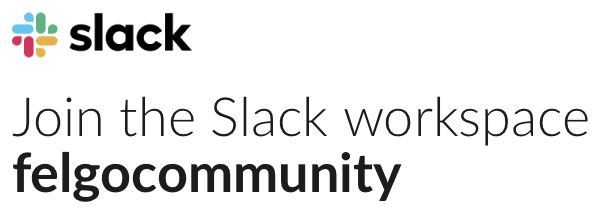Hello everyone!
Sorry if this is a dumb question but I’m new around here. I’ve been reading tutorials and been wanting to make a trivia game and need to store the questions somewhere. I searched one topic on databases but I still didn’t quite understand how to create and pull from the database. I’m coming from a web developing background so I know how to pull using queries with mySQL and PHP but I don’t know how this is translated to game development. Any help is appreciated!



